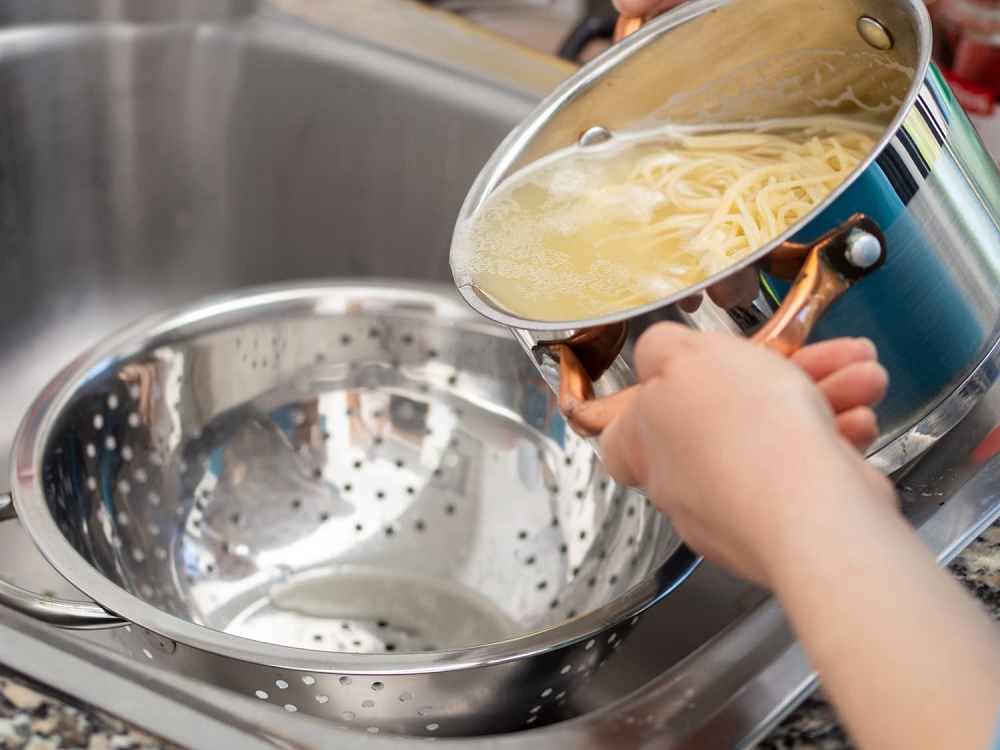If you’ve ever walked into a bustling professional kitchen, you’ll notice that every tool and piece of equipment has its specific role. Each item serves a purpose, from the flashy stand mixers to the humble wooden spoons. Amidst this kitchen ballet, there’s one underappreciated hero you might overlook—the pasta colander. This handy tool might not seem like a game-changer, but it is indispensable when it comes to whipping up pasta dishes with finesse. In this post, we’ll delve into pasta colanders’ role in professional kitchens.
Why Pasta Colanders Are Essential
. Precision Cooking: Anyone who has cooked pasta knows there’s a fine line between al dente and overcooked. A pasta colander allows chefs to immediately halt the cooking process by draining hot water quickly, ensuring the pasta is perfectly cooked.
. Hygiene: In a professional setting, cleanliness is paramount. Pasta colanders are generally easy to clean and are often dishwasher-safe, ensuring that high hygiene standards are maintained.
. Versatility: Besides pasta, these colanders are used for various tasks like washing vegetables or draining canned ingredients. Its multi-use nature makes it a valuable asset in busy kitchens.
Material Matters
When it comes to selecting a pasta colander, the material is crucial. Most professional kitchens opt for stainless steel versions for their durability and ease of cleaning. Plastic colanders are generally avoided as they can warp under high heat and might not meet rigorous professional standards.
The Art of Pasta Draining
Getting the pasta right isn’t simply cooking it for a set number of minutes. Chefs use the pasta colander as their secret weapon for achieving that perfect texture. After cooking, pasta is transferred into the colander and given a good shake to remove excess water. This process is critical to ensuring that your pasta isn’t waterlogged, which can ruin a dish.
Tips and Tricks
Here are some insider tips from professional chefs:
. Always Preheat the Colander: You can prevent pasta from sticking by running hot water over it.
. Shake, Don’t Stir: Give the colander a good shake when draining pasta. Churning can result in broken pasta pieces.
. Salting the Water: While this tip doesn’t directly involve the pasta colander, it does impact the final product. Properly salted water can significantly improve the taste of your pasta.
In Summary
The pasta colander may not win any awards for the most glamorous kitchen tool, but it holds its own regarding importance and utility. Next time you enjoy a plate of perfectly cooked spaghetti or fettuccine, take a moment to appreciate the tool that played a crucial role in making that dish possible.
In a world where every second counts, a pasta colander proves its worth by enabling chefs to maintain speed, precision, and hygiene. It’s not just a tool; it’s a kitchen essential that stands the test of a busy, high-stakes environment.



















